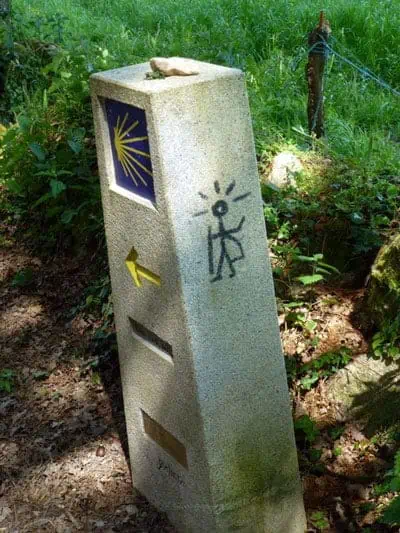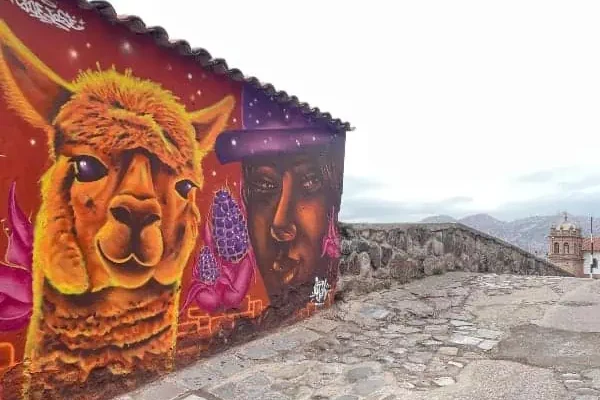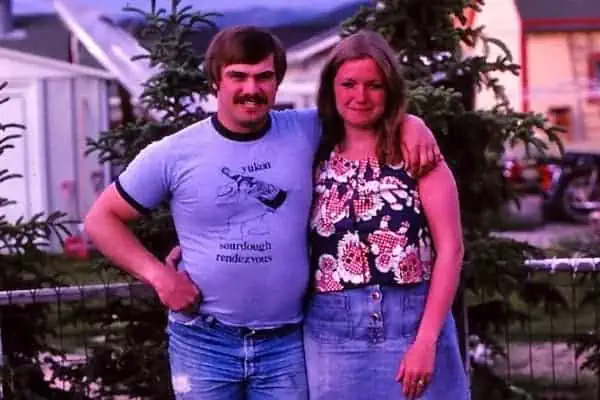
It was the end of my first camino, the ancient pilgrimage route across Spain, and I never wanted to put those dang boots on again. For the previous decade, they had served me well and felt comfortable during many one-to-four-day hikes. After a month of walking up and down rocky hillsides though, along cobblestone streets, across wide plains and through a couple of cities, my feet were killing me and the boots were falling apart. I threw them in a dumpster in the beach town of Finisterre at the Spanish west coast.
My knees hurt, too. Even stepping onto or off of curbs made me wince. I realized I had not been entirely prepared for this venture. So, on the one hand, I was delighted to have reached the end of the trail and was happy to take a break from walking. On the other hand, I wanted the Camino de Santiago, the Way of St. James, to never end. The process of walking every day had emptied me out, erased non-essentials, stripped me down like a piece of old furniture, getting rid of all the scratch marks and graffiti and chipped paint. The result of furniture-stripping is a chair or table in its natural state. The wood has a glow to it. After the camino, I didn’t want to lose that glow in myself.
However, we’d arranged to visit my husband’s parents in Germany and to spend a few days in France on the way there, so we got on the bus. First stop was Paris, where we’d had a brief holiday 15 years prior.
We walked all over the city, me still hobbling a bit. One day, heading down the Rue de Rivoli, we passed a beautiful wrought-iron gate leading into a lush green park. Inside was a tall square tower we’d seen from a distance. We approached and read the historical marker in our halting French. It was the Tour St. Jacques—the tower of St. James, where pilgrims heading to Santiago in Spain during the Middle Ages gathered to form travelling groups. “We’re still on the camino,” I said with wonder.
We took a short detour on our way to the in-laws to see Mont Saint-Michel, an old monastery that stands on a towering rock at the northern French coast. Lo and behold, there were scallop shell designs, the waymarkers of pilgrim routes, all over the place. I learned of the many pilgrims, including unaccompanied children in desperate straits, who made their way there centuries ago.
Two days later, in my husband’s small hometown of Herdecke in western Germany, we strolled into the old part of town. A crowd was gathered ahead. “What is that?” my husband said. “There’s something new in the square.”
It was a tall marble plinth that said “Santiago de Compostela – 2267 kilometres” on one side. There were pilgrimage symbols on the other faces. The marker had just been raised that morning and everyone was checking it out and commenting. The popularity of walking the camino was spreading like wildfire across Europe. My husband’s small hometown was recognized as part of the original route because it was the location of an old stone bridge across the Ruhr River. I couldn’t stop smiling as I kept finding myself on the camino.
I’ve returned to Spain and walked a few alternate routes and I’ve learned more about how to do the camino well ie: buying hiking boots that are a half-size bigger than my usual size. That trick has saved my feet.
These days, as coordinator of the Whitehorse Chapter of the Canadian Company of Pilgrims, I enjoy sharing information and ideas and tips for folks interested in learning more about the camino, or perhaps planning their first trip there. Our free event is called Camino 101 and takes place on Wednesday, March 6, from 6:30 p.m. to 9:00 p.m. in the library at Hidden Valley School. (The first left off the Mayo Rd.) All are welcome. For more information, call 335-4512.




